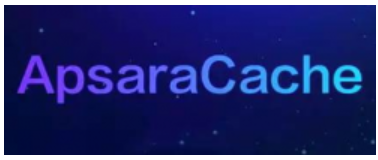 Overview
Overview
ApsaraCache is a fork of Redis, the cloud-based in-memory data structure store that is commonly used as a database, cache and a message broker. ApsaraCache solves stability bottlenecks caused by frequent AOF Rewrite with time-based recovery to precision in seconds. It also solved the syncing problem when there’s a patchy connection.
This instructor-led, live training (online or onsite) is aimed at engineers who wish to integrate a powerful Redis alternative for storing and caching data in real-time.
By the end of this training, participants will be able to:
- Understand the differences between Redis and ApsaraCache and make the most of ApsaraCache’s unique features.
- Understand and employ the different Data Types and Commands used in ApsaraCache.
- Integrate ApsaraCache with existing web applications to capture incoming data.
- Use ApsaraCache to capture chat logs, scoreboards, and other real-world web data.
Format of the Course
- Interactive lecture and discussion.
- Lots of exercises and practice.
- Hands-on implementation in a live-lab environment.
Course Customization Options
- To request a customized training for this course, please contact us to arrange.
- To learn more about ApsaraCache, please visit: https://github.com/alibaba/ApsaraCache
Requirements
- An understanding of database concepts
- Linux command line experience
- Experience developing web applications in any of the languages supported by ApsaraCache (Java, C#, Python, Scala, C++, R, PHP, etc.)
Audience
- Developers
- Database engineers
Course Outline
Introduction
- Apsara as a key/value store
Preparing the Development Environment
Overview of ApsaraCache Features and Architecture
Choosing a Protocol: Redis vs Memchached
Creating a Sample Application
Working with ApsaraCache Data Types
Working with ApsaraCache APIs
Pipelining in ApsaraCache
Sending and Receiving Messages with Pub/Sub
Processing Transactions
Feeding Lots of Data with Mass Insertion
Testing and Debugging the Application
Deploying the Application
Troubleshooting
Summary and Conclusion
